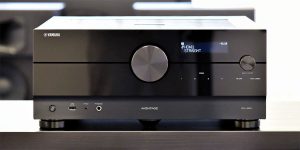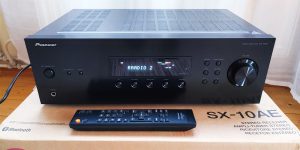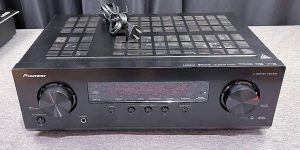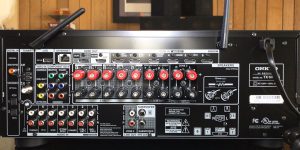Audio-video (AV) receivers play a vital role in home theater systems, enabling sound amplification and distribution among several speakers. However, a common question among consumers and newcomers is, “how many watts per channel do I need?” The output power of AV receivers is often a topic of discussion, yet it can be somewhat unclear, causing misunderstandings and uncertainty. In this article, I will discuss the main issues related to the output power of an AV receiver, highlighting all the nuances and explaining this aspect in detail.
Receiver power rating explained
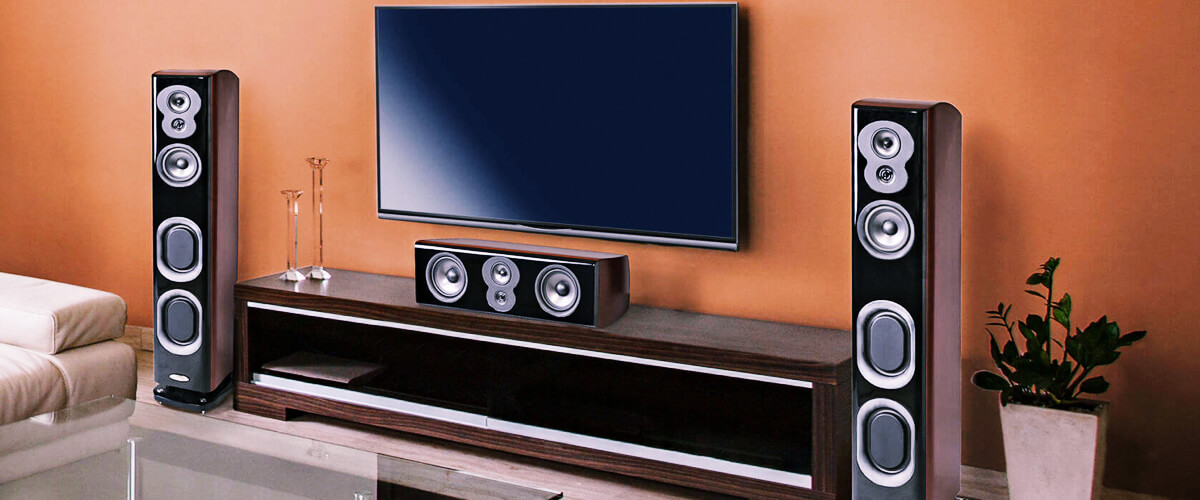
An AV receiver’s power rating indicates the electrical energy it can supply to speakers for generating sound. RMS power offers a dependable metric for a receiver’s consistent power output, while peak power signifies the maximum short-term power achievable. Therefore, I would prioritize Root Mean Square (RMS) power over peak power when selecting a receiver.
The RMS power and resistance value are the first things I recommend paying attention to. RMS power delivers a precise depiction of the receiver’s performance, while the other thing mentioned is a receiver’s or amplifier’s output power, evaluated based on its impedance or resistance value. Comparing the output wattage of an amplifier designed for an 8-ohm load to one intended for a 6-ohm load would be inaccurate due to their differing impedance values.
A little example to clarify impedance differences. Let’s say we have two amplifiers: amplifier A for an 8-ohm load and amplifier B for a 6-ohm load, both with 100-watt output. Connecting an 8-ohm speaker to amplifier A ensures efficiency, delivering optimal power and sound quality without damaging the equipment. However, connecting a 6-ohm speaker to amplifier A causes issues. The lower impedance draws more current power than intended, possibly leading to overheating or speaker damage.
What is the difference between RMS and Peak Power?
As I said before, RMS power represents the steady power output an amplifier can sustain over an extended period. Determined by finding the square root of the average squared instantaneous power values, it provides a more accurate depiction of the device’s performance. Conversely, peak power denotes the highest power output the receiver can momentarily attain, typically under specific conditions, such as during a sudden loud explosion in a movie scene. I think that in amplifier ratings, RMS power serves as a more dependable measure for contrasting AV receivers, as it accurately represents their functional performance with the speaker system.
Are more watts in receivers always better?
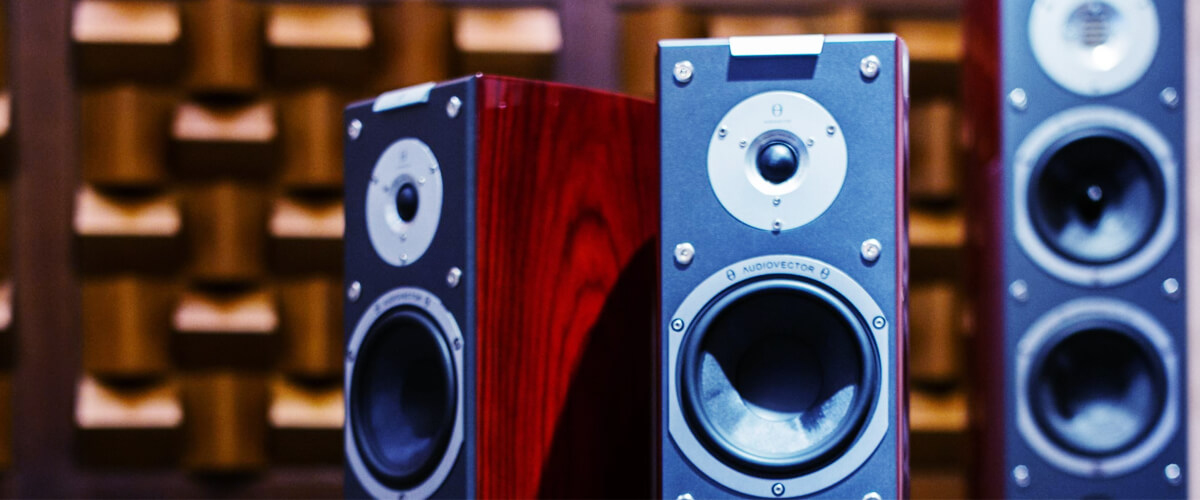
Understanding amplifier output, measured in watts per channel, can be perplexing. Power ratings don’t reliably compare loudness capabilities across receivers, amplifiers, or home theater systems. More power generally means louder sound, but not necessarily better quality. As an example, some audiophiles favor low-power, 7-watt vacuum tube amplifiers for their sound purity.
Accurately assessing wattage is challenging. Therefore the device’s weight can be a helpful indicator. Heavier components generate more power, so a lightweight amplifier is unlikely to produce 1000 watts. Based on my experience, I can say that some AV receivers can hardly cope with the declared power, and some are able to produce only a third of the declared value.
Differences in output power exist due to various factors. Still, it’s important to note that most individuals, including yourself, may not necessarily plan on listening to movies or music at maximum volume levels. However, if you have a large space, power-hungry speakers, or prefer to listen at high volumes, it may be worthwhile to invest in a high-quality receiver or a separate system equipped with a robust power amplifier.
While greater wattage may suggest better performance, it’s not always true. High-wattage receivers offer louder volume and handle complex speaker loads, but component quality and design are also crucial. In addition, excessive wattage can lead to increased energy costs, so balancing power output with other factors is key for optimal performance and efficiency.
How Powerful a Receiver Do I Really Need?
The necessity for increased power in a receiver output is usually based on some factors which help you ascertain the appropriate power level for your AV receiver.
- Speaker efficiency: This indicates how effectively a speaker transforms power into sound. Less efficient speakers demand more power to reach the same volume as their efficient counterparts, making a powerful receiver essential for maintaining optimal audio levels.
- Room dimensions: More power is needed for optimal sound dispersal in spacious areas. Therefore, a powerful receiver is beneficial, where more power is required for optimal sound dispersion. However, it is generally sufficient to have power values of 70-100W per channel in smaller rooms.
- Listening habits: Your preferred volume significantly influences the necessary power. If you favor louder music or movies, a receiver capable of supplying ample power without distortion is worth considering.
Consider these three aspects to find the receiver with the optimal power: remember about the size of your room and properly select the accompanying equipment (speakers, etc.), rely on your preferences when watching movies, estimate your budget, and then your choice will be justified and optimal!
We are supported by our audience. When you purchase through links on our site, we may earn an affiliate commission at no extra cost to you.
Our newsletter
* We will never send you spam or share your email with third parties

![Best Budget Receivers [Reviewed and Tested]](https://thetechholics.com/wp-content/uploads/2023/10/best-budget-av-receiver-300x150.jpg)
![Best 9-Channels AV Receivers [Reviewed and Tested]](https://thetechholics.com/wp-content/uploads/2023/10/best-9-2-receiver-300x150.jpg)

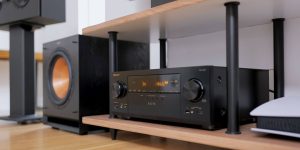
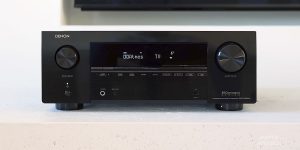
![Pioneer vs Denon Receivers [Top Models Compared and Tested]](https://thetechholics.com/wp-content/uploads/2023/10/denon-vs-pioneer-review-300x150.jpg)
